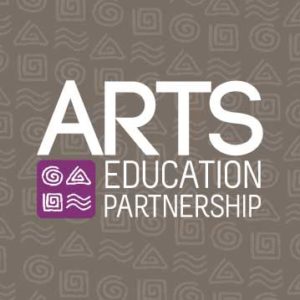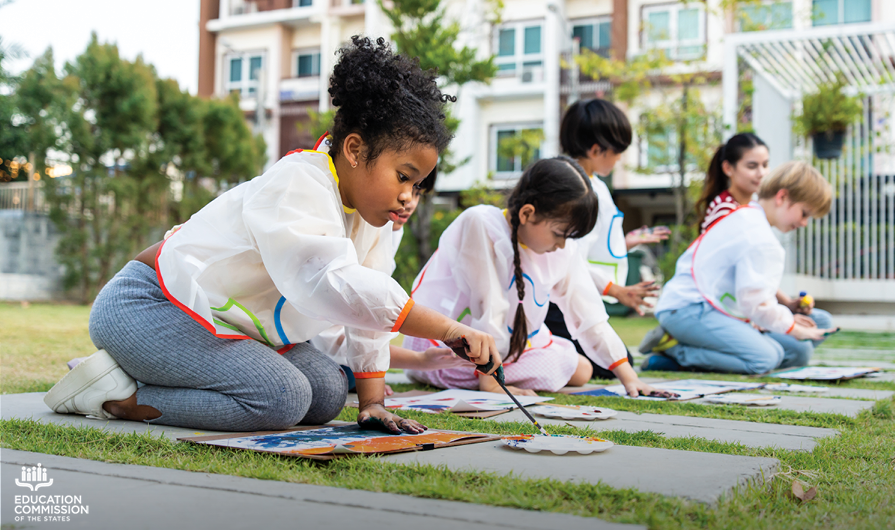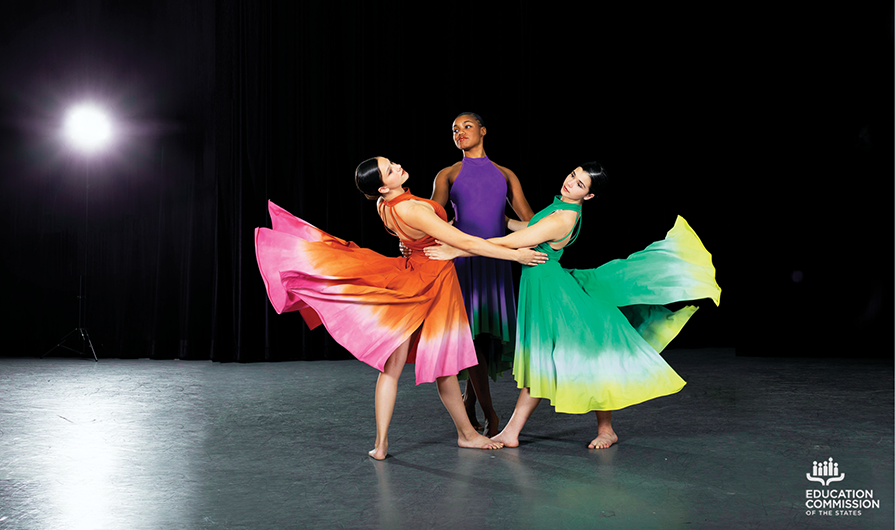
The Arts Education Partnership recently embarked on new work exploring the intersection of arts education and school choice, and what better time than National School Choice Week to provide an update on this work? Over the last several months, AEP has researched four key questions concerning the intersection of these areas:
1. What, if any, state policies exist that connect arts education and school choice?
[expand title="State Policy Takeaways" expanded="true"]
Generally, states exempt charter schools from state policies that govern traditional public schools, but states vary in the exemptions they allow for charter schools. Charter school laws in 30 states specifically state that nontraditional schools are not exempt from statewide rules related to assessment, standards, teacher certification and graduation requirements. Eight of these states do not exempt charter schools from arts education requirements.
Three states have charter school laws that allow authorizers to give preference to applications for schools with specific academic approaches or themes, innovations and comprehensive (well-rounded) learning experiences. While these laws don’t explicitly include the arts, charter schools may include the arts as an academic theme, innovation, or as part of a comprehensive or well-rounded education.
[/expand]
2. What, if any, research exists on a link between school choice and arts education?
[expand title="Research Takeaways" expanded="true"]
Few studies exist demonstrating a link between school choice and arts education. One study suggests that of all public and private school types, charter schools have the lowest availability of arts (dance, music, theatre and visual arts) education.
However, another study found that when controlling for geography, charter schools in Chicago offered significantly more music instruction than traditional schools — though both schools offered less music instruction than the national average.
While research shows that charter schools are neither embracing or excluding music education, existing research concludes that these schools may consider it more of a supplemental activity. Despite varying results, all three studies identified a relationship between the size of the school and the likelihood of offering arts/music instruction.
[/expand]
3. Which, if any, states include arts education in their accountability system for K-12?
[expand title="Accountability Takeaways" expanded="true"]
Eleven states and the District of Columbia include the arts as a part of their current or future accountability systems. While some states specifically measure participation in the arts, others measure participation in the arts as a part of a well-rounded education or include the arts as options in the postsecondary and career readiness components of their accountability systems.
Of the states including arts education or a well-rounded education as an accountability metric, nine measure access (i.e., student enrollment) and one measures student performance (i.e., students earning passing scores).
[/expand]
4. Which, if any, states have provisions and/or specific line items for arts education in their budget and/or K-12 funding formula?
[expand title="Budget Takeaways" expanded="true"]
States use three different funding pathways states to support arts education: discretionary funds, funding formulas and resource allocation models. There are at least 10 states with department of education appropriations for specific schools, grants or programs for arts education. One state provides an additional weight for each student participating in arts education in the public school funding formula; and two states distribute funds based on the number of positions or other resources, rather than on a per-student basis.
[/expand]
AEP also launched a new page on the website dedicated to school choice and the arts, where you can read the full responses and access future resources as they become available.
What’s Next?
AEP will continue to closely explore the intersection of school choice and the arts — including if and how states, schools and/or districts implement related policies — with plans to share more findings in the spring. Stay tuned for future work, and, as always, please reach out if you have specific state-level policy questions related to the arts and school choice.










